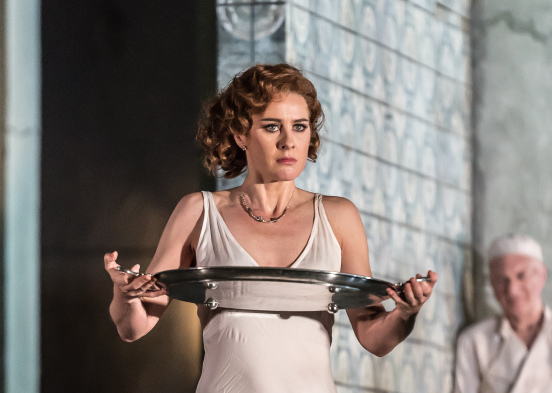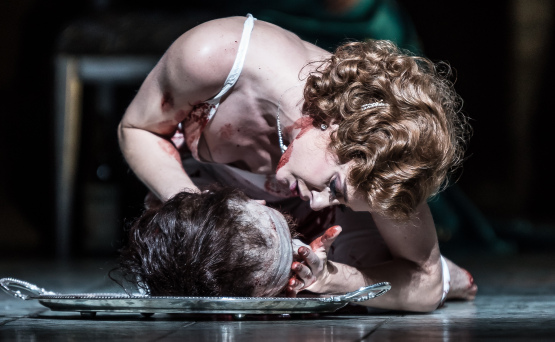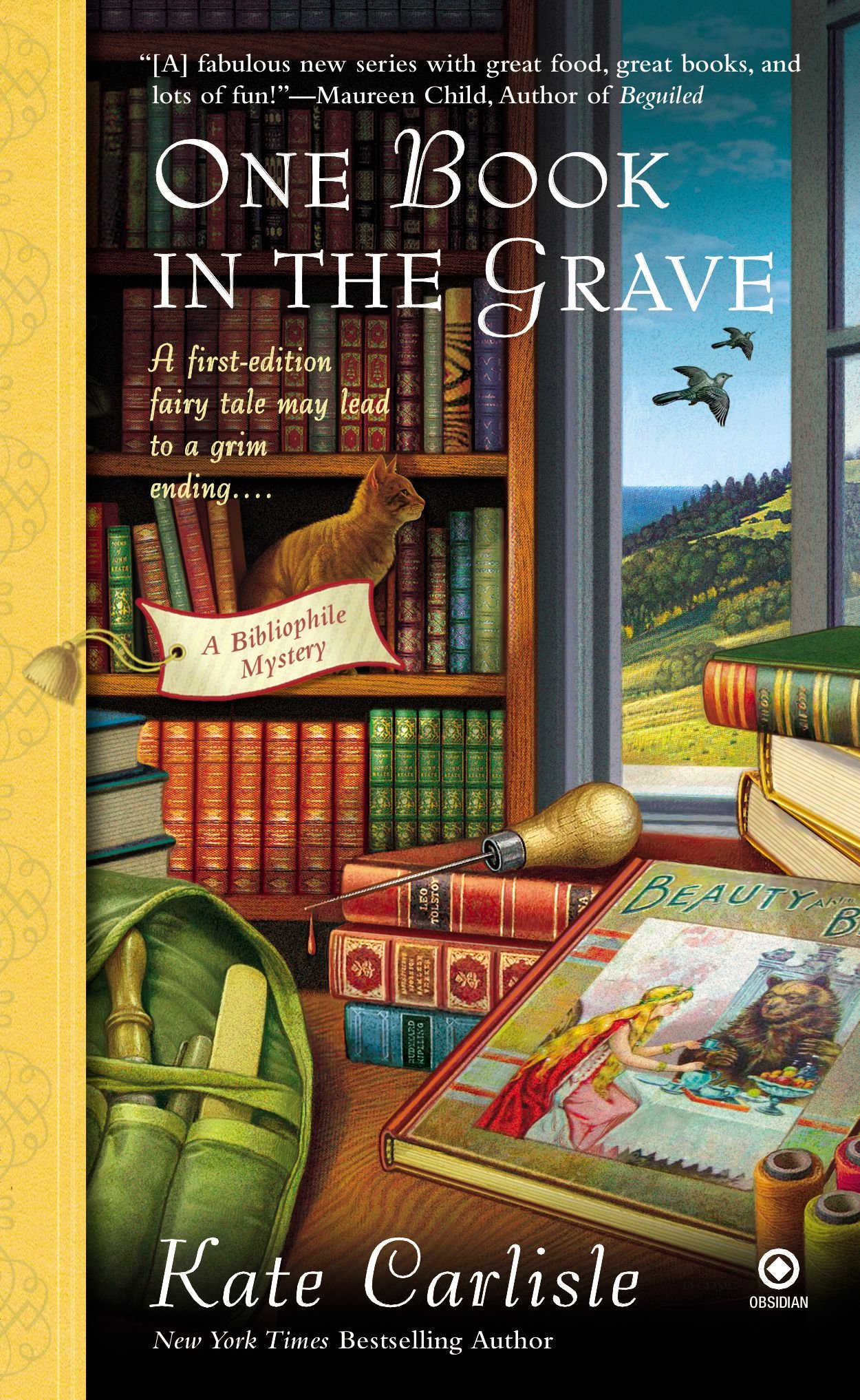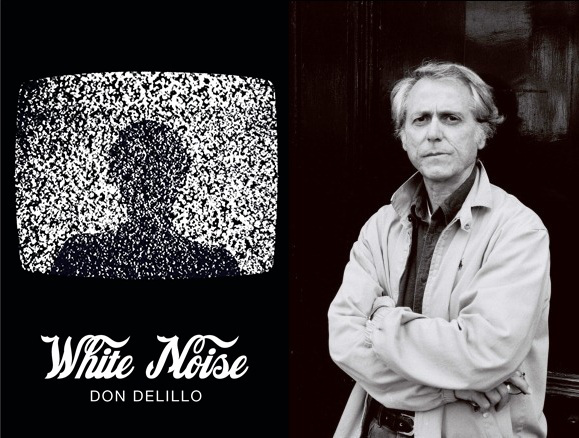Richard Strauss: Salome
Royal Opera House. 8 January 2018
This third revival of David McVicar’s 2008 production of Salome is directed by Bárbara Lluch and conducted by Henrik Nánási. Although I saw the ROH’s predecessor to this production in the late 1990s, this was my first viewing of McVicar’s production. He adds several additional layers to Strauss’s (and Oscar Wilde’s) already complex take on the sparse biblical/Josephus story. Although Strauss’s music is firmly rooted in the post-Wagnerian idiom of the fin de siècle pre-Expressionist era, the nature of the plot continues to disturb and shock; perhaps more so today, when it is all too easy to relate aspects of opera plots like this to present day news items, people, and social concerns.
The setting was a large rather decrepit basement with bare walls, exposed pipework and a smattering of naked young women. Anybody expecting to have to wait an hour or so for the famous dance before a flash of female flesh had ample opportunities early on – but none in the actual dance. A sweeping staircase to one side led up to an almost hidden upper dining room where Herod and friends are feasting. All the action takes place in the basement space as the upstairs party slowly descend to the depths, in more ways than one. Most of the cast remained onstage throughout, along with several non-singing actors, mostly standing around watching events unfold. Towards the end, it was male nudity that was more apparent, with the executioner, for no apparent reason, stripping to the buff before descending into the cistern to behead Jokanaan. Although silent, as depicted in the libretto and music, this turned out to be a messy affair, the executioner returning completely covered in blood, front and back, top to toe.
David McVicar managed to cloud the complex character of Salome in a wealth of subtle subtexts. One aspect of this was that it was unclear whether to despise or pity the girl. The disrupted emotions of her apparent youth as she switched from being a possible innocent into an unhinged troublemaker with the sheer brutality of the blood-soaked final scene. Salome was apparently intended by Strauss to be a teenage girl (albeit with the voice of an Isolde or Brunnhilde). In this production, Malin Byström appeared to be slightly beyond the teens, although there were several suggestions of earlier child abuse from her father, notably during the clever depiction of the Dance of the Seven Veils, of which more anon.

Malin Byström’s performance was extraordinary. With a huge vocal range and some real acting challenges, she held the stage throughout in her portrayal of one of the most complex of female operatic characters. Her previous ROH appearances had been generally been in Mozart, so this was a big sing for her. Michael Volle’s Jokanaan is the inevitable filthily dishevelled tramp-like figure, raising questions as to why Salome spends so much time lusting over his white skin. He has kept this role throughout the three incarnations of this production, and made a powerful figure. Herod and Herodias (John Daszak and Michaela Schuster) were slightly less effective as characters, although vocally they were strong. Narraboth (well sung by David Butt Philip) has a curious role in the first part of the opera, eventually taking the rather drastic steps of killing himself as Salome reveals her lust for Jokanaan. He lies lifeless as everybody carries on without noticing him.

The biggest production innovation is the staging of the Dance of the Seven Veils, here portrayed as a series of (I think) seven tableaux as Salome and Herod move through a series of different rooms (or, at least, they remain roughly centre stage, while the walls of the rooms move across the stage. A clever technical device, but I would need to watch it all again in slow motion to work out what the various scenarios were all about. Far from jettisoning her seven veils to reveal real, or perceived nakedness, she ends up with more clothes than she started with, dancing with Herod in what looked like a wedding gown. There was clearly a sub-text of her complex relationship with Herod, much of which probably passed me by.
The conclusion was bloodthirsty, the depravity of Salome’s request for the head of Jokanaan and her subsequent orgasmic lust over his head saw no holds barred, including that of the executioner who eventually snaps Salome’s neck in a grotesque hug, both of them covered in Jokanaan’s blood. One of the successes of Henrik Nánási conducting was his reining in the musical tension and power until these final moments. He had previously kept things taut and controlled, only letting rip in the climactic final scenes. It runs until the end of January, and will probably return at some stage in the future.

ROH production photos: Clive Barda
Share this:





